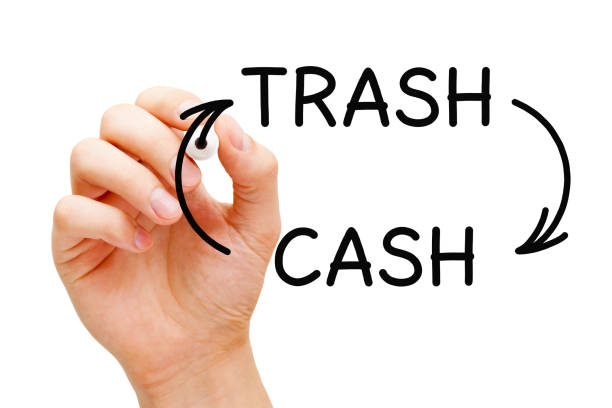Harnessing the Healing Power of Myofascial Release
Imagine a world where chronic pain melts away, mobility improves, and your body feels rejuvenated. What if the key to unlocking this potential lies within your own body's connective tissue? Enter myofascial release, a groundbreaking technique that's revolutionizing the way we approach physical wellness and pain management. But what exactly is this mysterious method, and how can it transform your health?

The Science Behind Myofascial Release
Myofascial release is a hands-on technique that targets the fascia to alleviate pain, improve mobility, and promote healing. This approach involves applying gentle, sustained pressure to the connective tissue, encouraging it to elongate and release tension. Unlike traditional massage, which focuses primarily on muscles, myofascial release addresses the entire fascial network, resulting in more comprehensive and lasting effects.
Research has shown that fascia contains a high number of sensory receptors, making it an integral part of our body’s proprioception – our sense of position and movement. By manipulating the fascia, myofascial release can recalibrate these sensory inputs, leading to improved body awareness and movement patterns.
Benefits Beyond Pain Relief
While pain reduction is a primary benefit of myofascial release, its advantages extend far beyond mere symptom management. Regular myofascial work has been associated with:
- Improved flexibility and range of motion
- Enhanced athletic performance
- Reduced muscle soreness and fatigue
- Better posture and body alignment
- Decreased stress and anxiety
- Improved circulation and lymphatic drainage
- Faster recovery from injuries
These wide-ranging benefits make myofascial release an invaluable tool for athletes, chronic pain sufferers, and anyone looking to optimize their physical well-being.
Self-Myofascial Release Techniques
While professional treatments can be highly effective, self-myofascial release techniques offer a accessible way to maintain fascial health at home. Foam rolling is perhaps the most well-known form of self-myofascial release. By using your body weight on a foam roller, you can apply pressure to specific areas of tension, mimicking the effects of manual therapy.
Other tools for self-myofascial release include tennis balls, lacrosse balls, and specially designed massage sticks. These can be used to target smaller, harder-to-reach areas like the feet, hands, and neck. When practicing self-myofascial release, it’s important to move slowly, breathe deeply, and listen to your body. The sensation should be one of slight discomfort or a good ache, but never sharp pain.
Integrating Myofascial Release into Your Wellness Routine
To maximize the benefits of myofascial release, consider incorporating it into your daily routine. Even just 5-10 minutes of targeted work can make a significant difference in how you feel and move. Here are some tips for getting started:
- Begin your day with a quick full-body foam rolling session to wake up your fascia and prepare for movement.
- Use a tennis ball to release tension in your feet before standing for long periods.
- Incorporate myofascial release into your cool-down routine after exercise to aid recovery.
- Target areas of chronic tension, such as the neck and shoulders, before bed to promote relaxation and better sleep.
Remember, consistency is key. Regular attention to your fascial health can lead to cumulative benefits over time.
Fascinating Fascia Facts
- Fascia is mostly made up of water and has a similar consistency to Jell-O when healthy
- The fascial system is estimated to contain up to 10 times more sensory nerve endings than muscles
- Fascia can contract independently of muscles, influencing our posture and movement patterns
- Emotional stress can cause fascial restrictions, highlighting the mind-body connection
- Fascia plays a crucial role in wound healing and scar tissue formation
As we continue to unravel the mysteries of the fascial system, it’s clear that myofascial release holds immense potential for improving our overall health and well-being. By embracing this holistic approach to body care, we can tap into our body’s innate healing abilities, move with greater ease, and experience a newfound sense of vitality. Whether you’re an athlete looking to enhance performance, someone dealing with chronic pain, or simply seeking to optimize your health, exploring myofascial release could be the key to unlocking your body’s full potential.





